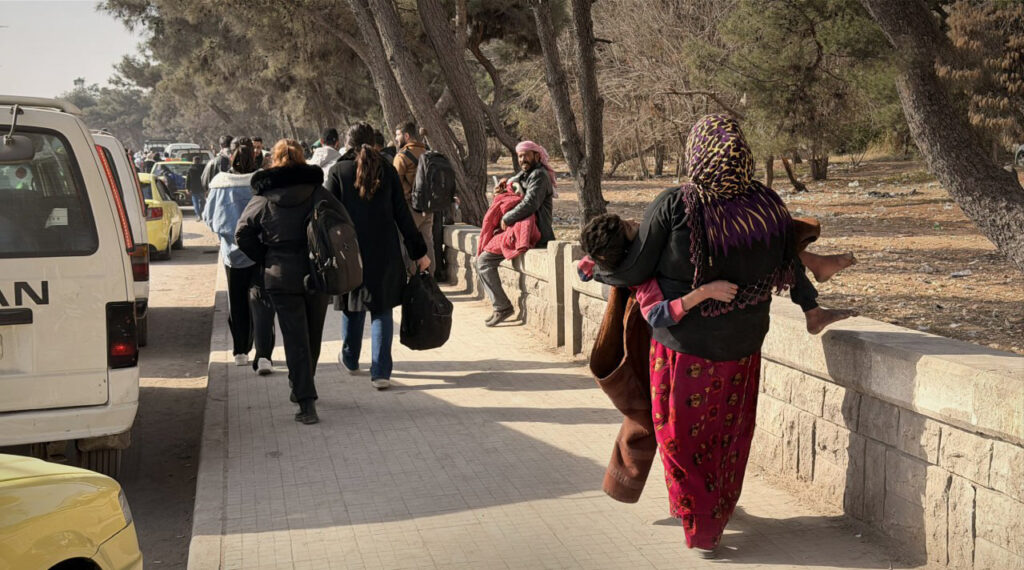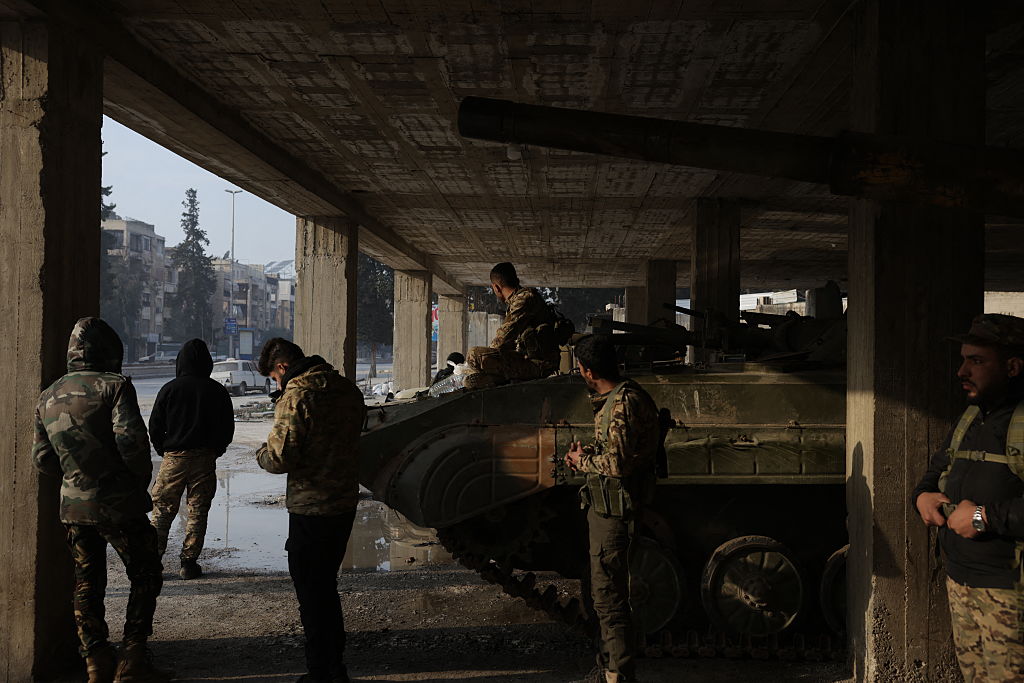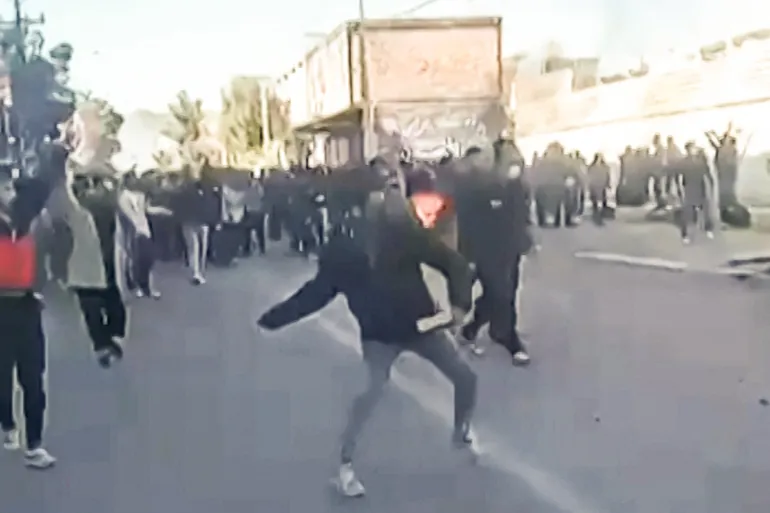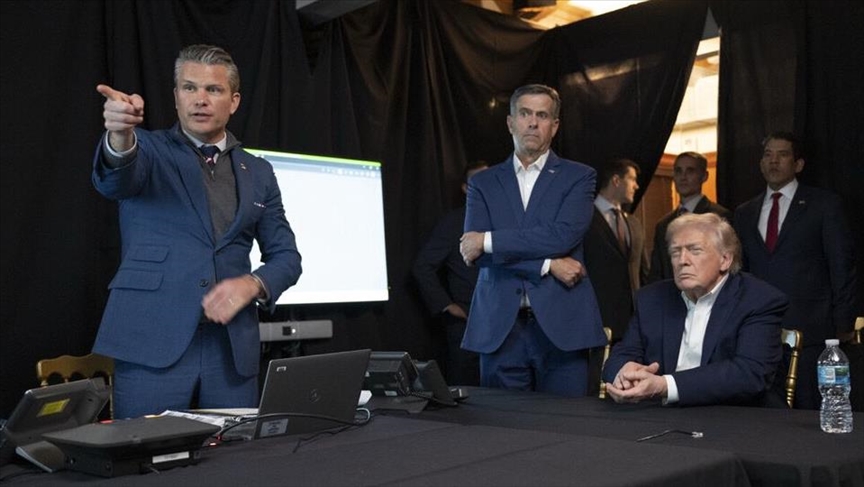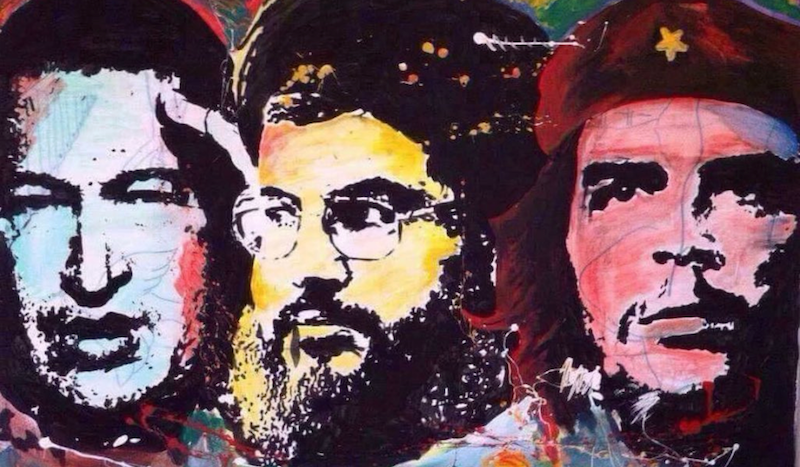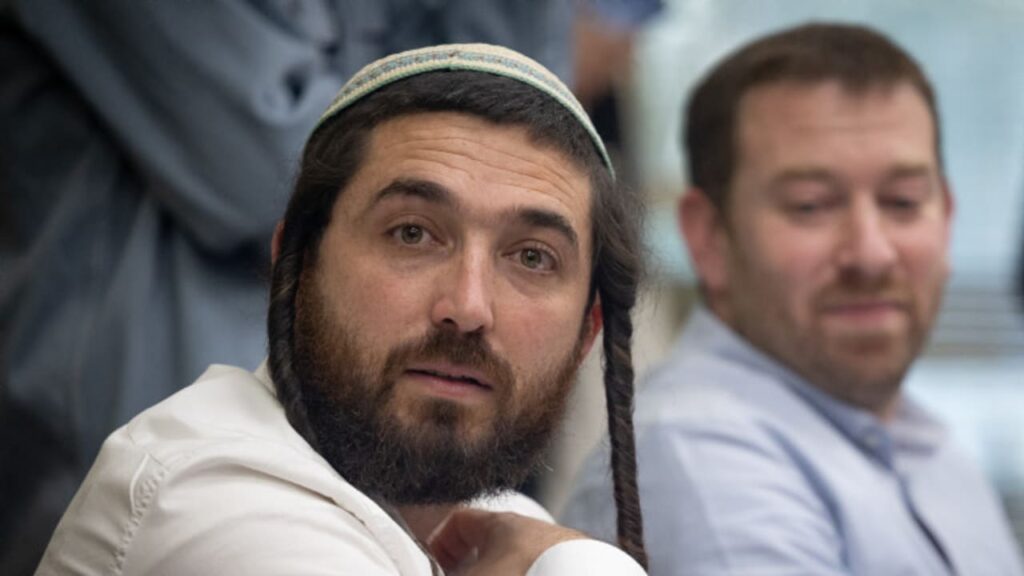Les plus grands mensonges sionistes de tous les temps
Le sionisme s’est toujours appuyé sur des mythes, des distorsions et des mensonges pour conserver le soutien du public occidental. Ces inepties sionistes ont maintenu des générations de sionistes juifs et de sympathisants non juifs de ce projet raciste dans une totale désinformation.

